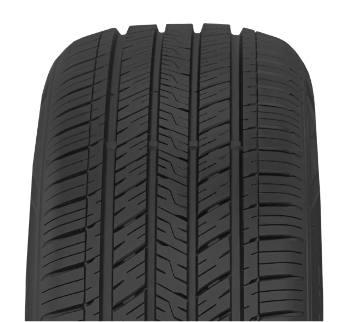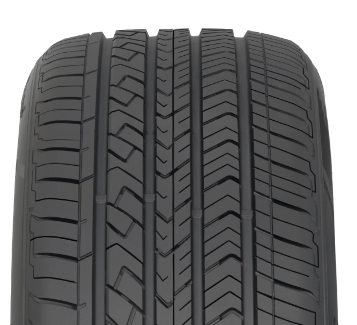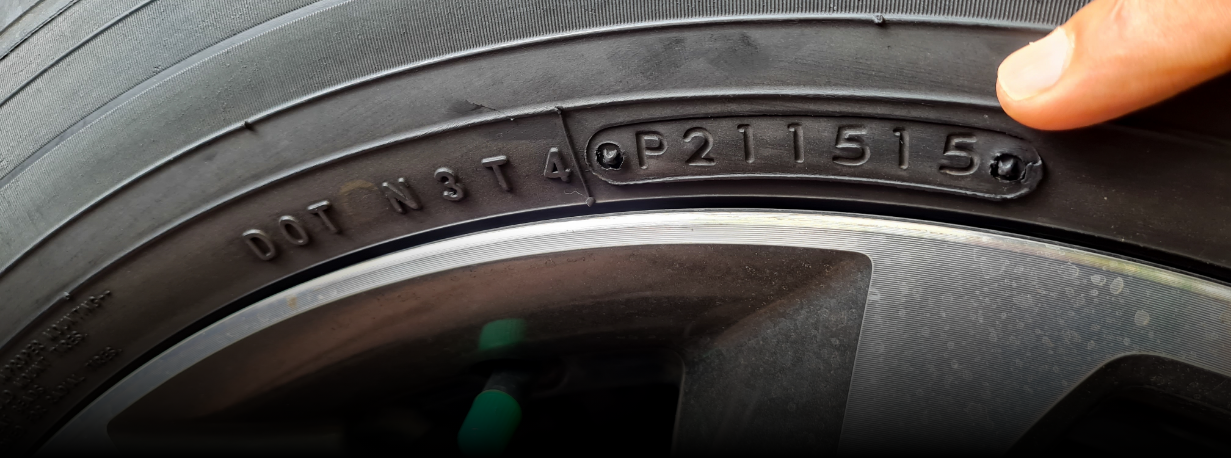
Glossary of Terms
Types of Tires and Special Symbols
All-Season - A tire that can be used in four seasons, including light snow.
All-Terrain - A tire that can be used for off-road service, including gravel and muddy conditions.
Performance, High-Performance, and Ultra-High-Peformance - Tires designed for improved directionality
around curves and corners and when braking for sporty, response handling.
Summer - A tire designed for use during warm weather and typically excels at water evacuation.
Touring - A tire designed for a smooth, quiet, comfortable drive, especially on highways and paved streets.
Winter - A tire specifically designed to endure cold temperatures and grip in icy, snowy conditions.
3-Peak Mountain Snowflake (3PMSF) - US Tire Manufacturers Association (ustires.org) symbol for tires rated that meet the
requirements for severe snow service.
M+S - Standing for "Mud and Snow", M+S tires generally have thick tread blocks with wide sections of
tread void to aid drivers when traction can be a challenge.
Common Technical Terms About Tires
Sipes - Small grooves in the tread pattern designed to grip uneven and click surfaces for improved
stopping and handling.
Circumferential grooves - Central channels in the tread of a tire designed for water evacuation and to
maintain a solid patch of contact with the road.
Speed rating - Determined under strict test conditions, this represents the fastest speed a tire can be safely
maintain without compromising the structure of the tire.
Load index rating - Also determined under test conditions, the load rating tells us how much weight an
individual tire can safely bear.
Aspect Ratio - This derived value is reported in percentages and is determined by dividing the height
of the tire at the rim by it's width.
Low Profile - Tires with lower aspect ration percentages (55% and under) are considered low profile
and are generally favored for sporty performance and handling.
UTQG - The abbreviation for
Uniform Tire Quality Grading established by the US Departmnet of
Transportation (US Dot) and the National Highway Traffic Safety Administration (NHTSA). This code provides
consumers with manufacturer-provided information about treadwear, temperature (heat) resistance, and traction.
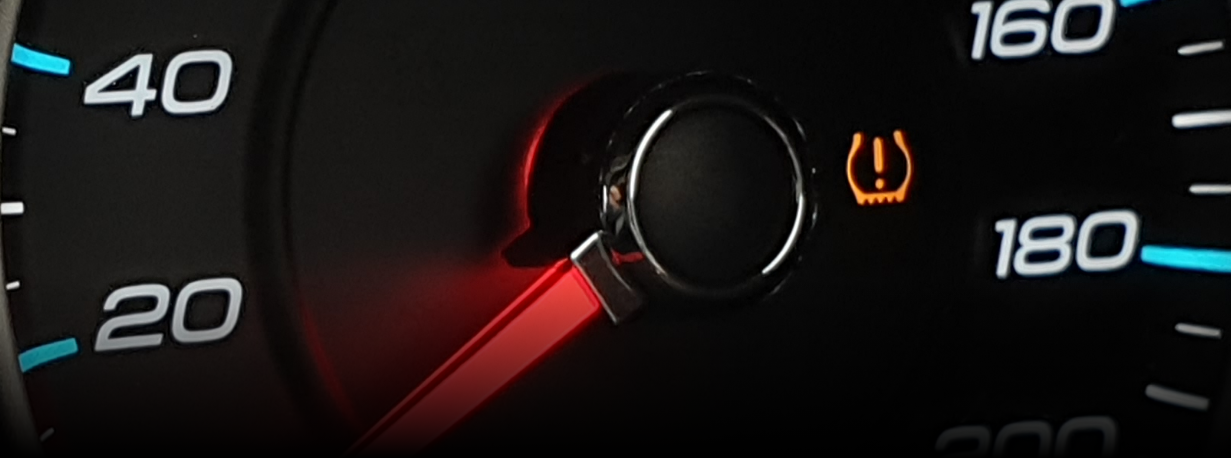
Achilles – What’s the TPMS light and what should you do about it?
The Tire Pressure Monitoring System, commonly called TPMS, provides a safety measure. It
monitors the current pressure in your tires and will display an exclamation point in a
triangle as a symbol on the dash when pressure either exceeds or doesn't reach
the recommended range.
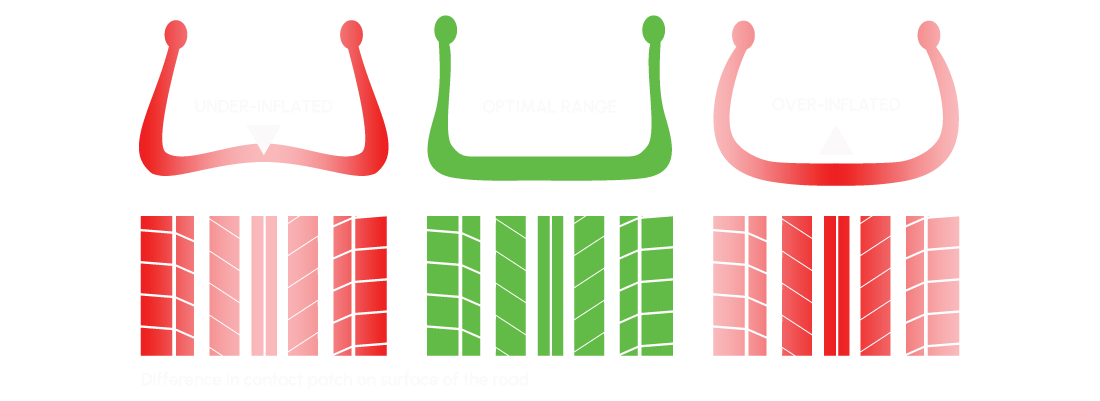
The top reasons to stay on top of your tire pressure are:
-
Underinflated tires can increase the risk of a crash when tires don't handle the
way they should and have less traction on the road.
-
Overinflated tires can increase the chances of a blowout and sidewalls can become
weak and brittle. Hitting a bump, especially at high speeds, can cause unexpected,
rapid deflation and could result in loss of control of the vehicle.
-
Improperly inflated tires cause the fuel economy of your vehicle to suffer by as
much as 3%.
-
Properly inflated tires tend to have the best tread life results unless there is
another mechanical problem that is affecting the tire contact patch.

